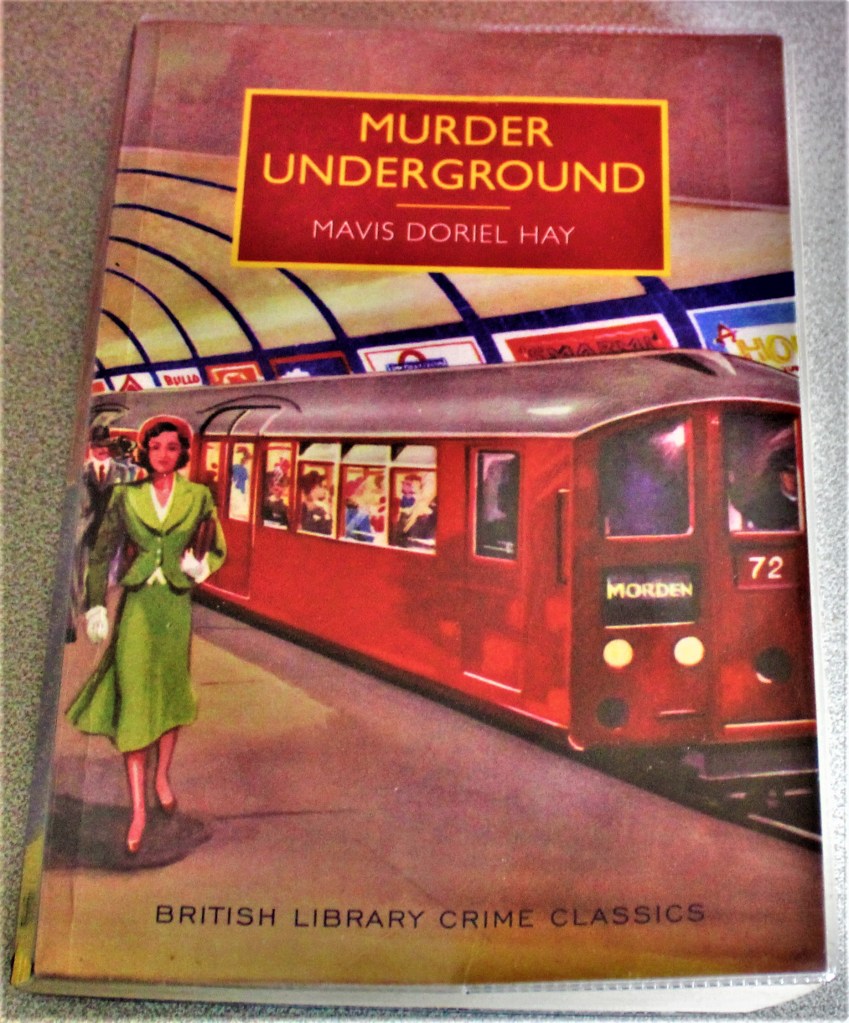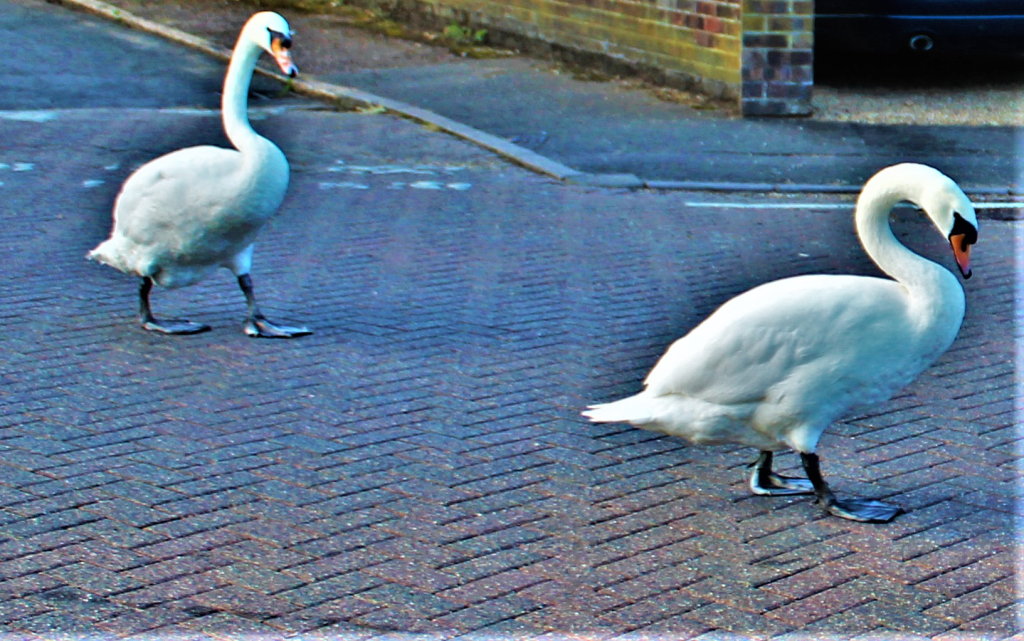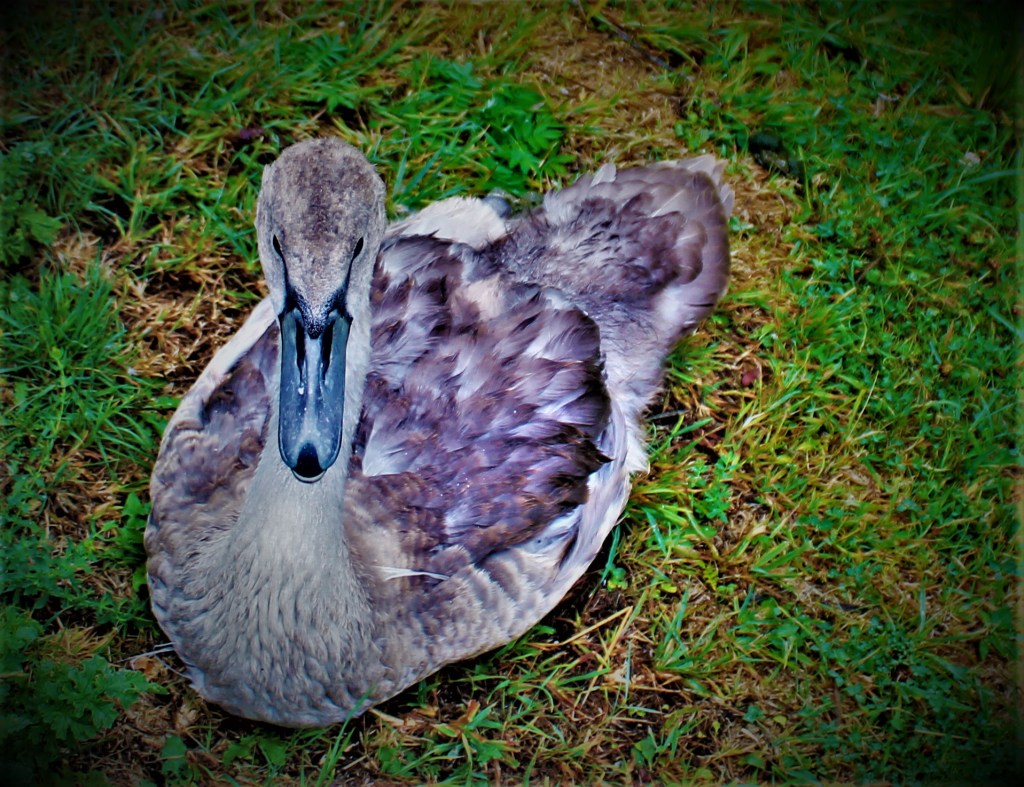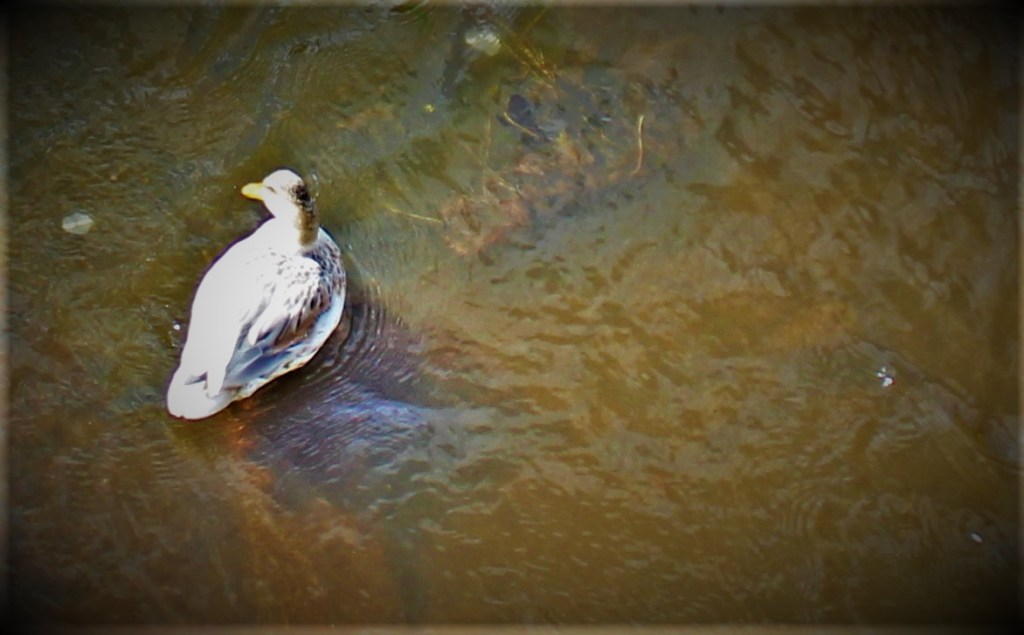This post contains some bonus content – before getting to the main meat of it, an all time XI of players whose surnames begin with the letter T, I feature a book review.
MURDER UNDERGROUND BY MAVIS DORIEL HAY
The murder that gives this story its title takes place on the spiral staircase of Belsize Park tube station (this station, the second deepest on the entire network behind it’s neighbour Hampstead has three passenger lifts and this spiral staircase). The victim, a wealthy and unpleasant single lady, had been living in a private hotel and the other residents start investigating. The story is a fine read, and the unravelling of the puzzle about who committed the crime and how they managed it is expertly handled by the author. I first read this book a few years back, and have just recently had it out of the library again, and I enjoyed it more this time round. Three unusual features are a map showing the most important locations in the story, a diagram illustrating the layout of Belsize Park and a family tree of the victim’s family.




THE Ts IN BATTING ORDER
Selecting this XI posed some interesting problems which I will elucidate more fully when I deal with the honourable mentions. The big problem was balancing the side properly when three specialist fast bowlers had ironclad claims to the number 9, 10 and 11 batting slots.
- *Mark Taylor (Australia). Left handed opening batter, excellent fielder and captain. I first came across him in the 1989 Ashes in England, scoreline Australia 4, the weather 2, England 0. He dominated the season batting wise, scoring 839 test runs at 83.90, an aggregate beaten in Ashes series only by Bradman (974 at 139.14 in 1930) and Hammond (905 at 113.125 in 1928-9). He also held some superb catches, something that would become a feature of his career. He succeeded another left handed batter, Border, as captain when that worthy retired in 1993. Border had taken the reins with Australia in the doldrums, and left Taylor a tough and cohesive unit well on the way to being world beaters. Taylor consolidated the progress, and the by time his own career ended Australia were established as the dominant force in world cricket, a status they would retain for a further decade before a decline set in during Ponting’s tenure as skipper.
- Victor Trumper (Australia). Right handed opening batter, occasional medium pacer. A great figure in the history of the game, who helped to transform the art of batting in the early 20th century. His apogee was in England in 1902, when he scored 2,570 FC runs in a wet season on uncovered pitches, including 11 centuries. One of those centuries came in the morning session of the opening day of the Old Trafford test match, when England had hoped to keep things tight in the expectation that by the afternoon the surface would be made to measure for Bill Lockwood, as indeed it was. The trouble was that by the time the afternoon session started Australia were 173-1. Thereafter only Joe Darling and Clem Hill figured prominently with the bat, and Australia were all out for 299. England ended up beaten by three runs, a result which secured The Ashes for Australia.
- Frank Tarrant (Middlesex, Australia). A left handed top order batter (Middlesex, for whom he played for many years, often used him as an opener) and left arm slow-medium bowler. In a first class career that extended for 38 years (debut in 1898-9, last appearance in 1936-7) he scored 17,952 runs at 36.41 and took 1,512 wickets at 17.49. He never got to play test cricket, but if you want to see whether a left arm slow-medium bowler can succeed at that level look up the career record of Derek Underwood.
- Sachin Tendulkar (Yorkshire, India). A right handed middle order batter, and an occasional right arm bowler of both leg and off spin (the former might be useful for this team), and the third of three cricketers to be dubbed ‘the little master’ by fans – Hanif Mohammad (Pakistan) was the first and Sunil Gavaskar (India) the second. One of the greatest of all cricketers and practically deified in his native land.
- Graham Thorpe (Surrey, England). A gritty and for my money underrated left handed middle order batter, and an occasional bowler of medium pace. A test average of 44.66 over a 100 match career at that level when he was very often trying to save the innings from ruin is some testament to his skill and determination.
- Ross Taylor (New Zealand). A right handed batter and occasional off spinner of Maori heritage (his full name is Luteru Ross Poutoa Lote Taylor), his test average is two decimal places identical to that of Thorpe – 44.66, though having played 12 test matches more than Thorpe he naturally has more runs to his name. He has the highest score ever made by a visiting batter in a test in Australia with 290 (beating RE Foster’s 287 at Sydney in 1903).
- +Bob Taylor (Derbyshire, England). A wicket keeper and right handed batter who was better in the latter department than he is often given credit for. His six hour 97 helped ensure that England would win the 1978-9 Ashes. He made more first class dismissals than any other keeper in history, though his test tally is reduced by the fact that Knott usually got the nod at his expense at that level.
- Hugh Trumble (Australia). An off spinner and stubborn right handed lower order batter (good enough in this latter capacity to have achieved the double of 1,000 runs and 100 wickets in FC matches on the 1899 tour of England). He took 141 test wickets, all against England, twice performing the hat trick in tests at his home ground in Melbourne. At The Oval in 1902 he had a superb but ultimately unavailing all round match: He top scored with 64* in two and a half hours as Australia scored 324 batting first, then took 8-65 bowling unchanged, as only a vigorous 43 from George Hirst saved England from the indignity of the follow on. Australia were 122 all out in their second innings, Trumble 7*. When England, chasing 263, slumped to 48-5, four wickets to left armer Jack Saunders and the other to Trumble it looked all over. Gilbert Jessop smashed a century in 75 minutes, but when he was seventh out England still needed 76 to win. George Hirst, supported by Lockwood, Lilley and then Rhodes took England to a one wicket win, Trumble bowling unchanged through the innings and adding four wickets to his first innings eight-for.
- Frank Tyson (Northamptonshire, England). One of the fastest bowlers ever seen, he flashed across the cricketing skies like a meteor. The highlight of his brief career was the 1954-5 Ashes when he blew Australia away in their own backyard.
- Fred Trueman (Yorkshire, England). In his own words “T’finest bloody fast bowler that ever drew breath” – and it was close enough to the truth to be an excusable exaggeration. He claimed 307 wickets in 67 test matches, the first to top 300 wickets at the highest level.
- Jeff Thomson (Middlesex, Australia). A freakishly fast bowler until injuries ruined his career. In 1974-5 he was too quick for anyone to handle.
This side contains a splendid and contrasting opening pair, a fine all rounder at number three, a mighty engine room of Tendulkar, Thorpe and Ross Taylor, a top of the range keeper, one of the greatest off spinners ever to play the game and three seriously fast fast bowlers. Tarrant’s presence gives two genuine relief options to ensure that the quicks aren’t run into the ground.
HONOURABLE MENTIONS
There is a lot of overlapping talent for this letter, so I shall work my way down the order starting with…
OPENING BATTERS
Glenn Turner, the only Kiwi to register 100 FC hundreds and possessed of a good test record as well and Marcus Trescothick, an attacking left hander, were the two most obvious candidates for opening slots other than the two I actually chose. Since I regard Trumper as an automatic selection for this letter, Trescothick, giving a left/ right opening combo comes closer than Turner to dislodging Taylor. Taylor however has one extra thing going for him – he was an excellent captain, something not otherwise readily available for this letter.
THE NUMBER THREE SLOT
There were two conventional number threes available – Johnny Tyldesley whose prime years were the first decade of the 20th century, and Jonathan Trott who did brilliantly for England in the early 2010s. Either would have been an excellent choice based on batting skills, with my own leaning being towards Tyldesley, but then other than Trumble the only bowling outside the pace trio would have been coming from part timers, and I felt that Tarrant, with a magnificent bowling record and an unusual bowling style gives the side a possibly crucial extra option, and that much more chance of keeping the quicks reasonably well rested.
THE MIDDLE ORDER
Ernest Tyldesley is the prominent missing name, being a member of the 100 FC hundreds club. The solid Sri Lankan Hashan Tillekaratne might have his advocates. Also, Steve Tikolo, the finest batter Kenya has ever produced, merits a mention. However, Tendulkar, Thorpe and Ross Taylor are three greats of the game.
ALL ROUNDERS
There were two all rounders for this letter to mention in this section. Bruce Taylor, a right arm fast medium bowler and hard hitting middle order batter scored a ton and took a five-for on test debut for New Zealand. Essex’s long serving Dutch all rounder Ryan Ten Doeschate had a fine domestic record, and would have been one of the first names on the team sheet had I been selecting with limited overs in mind. George Thompson whose deeds propelled Northamptonshire to first class status was another top performer. All three of these all rounders bowled fast medium, which with Tyson, Trueman and Thomson inked in didn’t seem to add much to the bowling attack.
WICKET KEEPERS
Four wicket keepers deserve a mention, without quite being able to displace the record breaker. Don Tallon, named by Bradman as keeper in his all time XI, was obviously a superb performer. Jonathan Tattersall at Yorkshire is rapidly establishing an excellent record. However, had I been going to give the gauntlets to anyone other than Bob Taylor I would have gone for one of two utterly outstanding female keepers: Sarah Taylor and Eleanor Threlkeld are both among the greatest their profession has ever seen.
SPINNERS
I am including in this category Charlie ‘terror’ Turner, known to be able place an orange between his thumb and forefinger and crush it to pulp, a party trick that would have made any batter watching it wince. He was chief rival to Trumble for the no8 slot, but given the often crude nature of 1880s pitches I felt that Trumble had to get the nod. Roy Tattersall, Fred Titmus and Phil Tufnell were all fine practitioners but not quite good enough to challenge Trumble. Dick Tyldesley, officially a leg spinner, had a fine record for Lancashire, but apparently never turned the ball at all.
SEAMERS
Among the quicker bowlers the best I have overlooked is without doubt Maurice Tate of Sussex and England, while the fastest is equally indubitably Shaun ‘Sloon’ Tait of Australia. Chris Tremlett had his moments for England but cannot truly be described as great, while Josh Tongue of Worcestershire has yet to be called up for England. Patterson Thomson of the West Indies should been the ultimate in terrifying speedsters with a name like that but unfortunately his record tells a different story.
WHAT MIGHT HAVE BEENS
No fewer than three cricketers belong under this subheading for this letter. James Taylor, a batter for Leicestershire was part of the England set up until a medical assessment revealed a heart condition, forcing him to retire as a player. He may well have claimed a place given a clean bill of health.
Maurice Tremlett (grandfather of Chris) had a storybook debut, claiming eight wickets and playing a crucial innings at the death. Unfortunately, well meaning attempts to turn him into a genuine fast bowler ended up destroying his confidence, and within a few years he was playing as a batter who occasionally came on to break up a partnership. Had England been better stocked with fast bowlers when he made that debut he may well have gone on to achieve greatness.
Albert Trott made a sensational start to test cricket in 1894-5, but although his brother Harry was named captain he was left out of the 1896 squad for England, travelled there anyway, signing for Middlesex and being for a couple of years the best all rounder in the world. In 1899 he hit on from Monty Noble clean over the Lord’s pavilion, but persistent attempts to emulate that great hit led to his batting falling away, and then he lost the quicker yorker which had been som important to his success as a bowler. Eventually, alone and impoverished, he shot himself. Had been named in the 1896 Australia squad he may have made an unassailable case for a place in the team.
PHOTOGRAPHS
Our cricketing journey through the letter T is at an end, and all that is left is my usual sign off..

































17 thoughts on “All Time XIs – The Letter T”